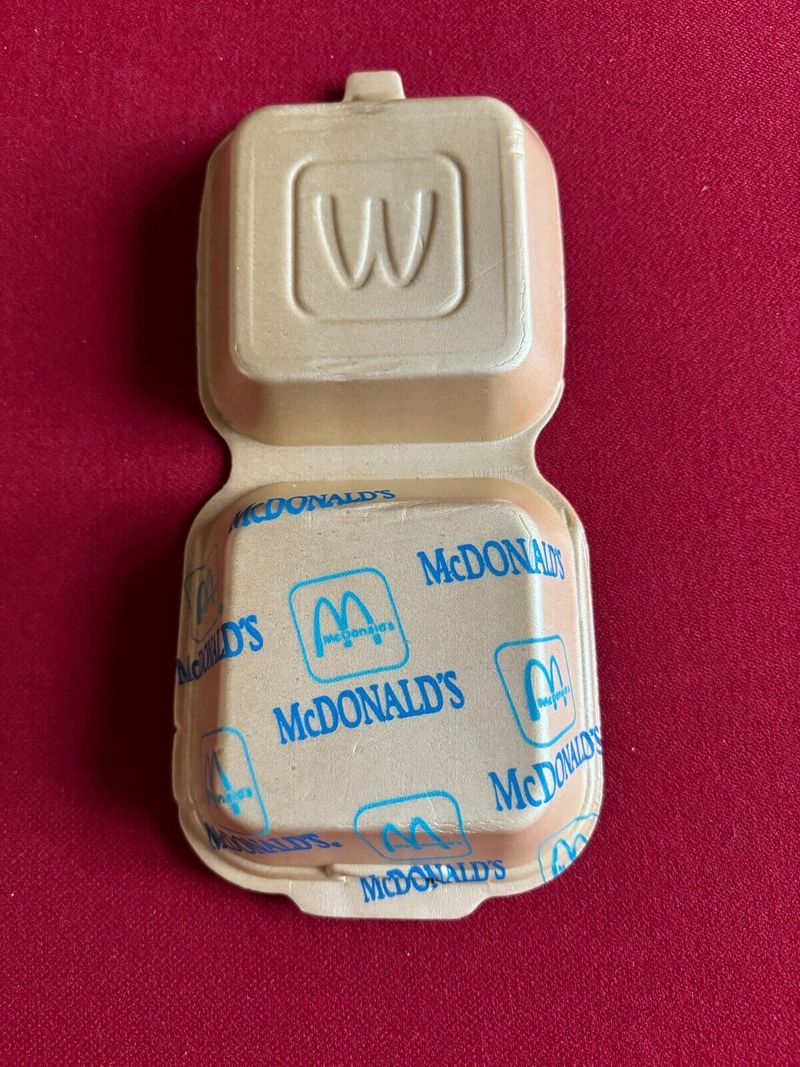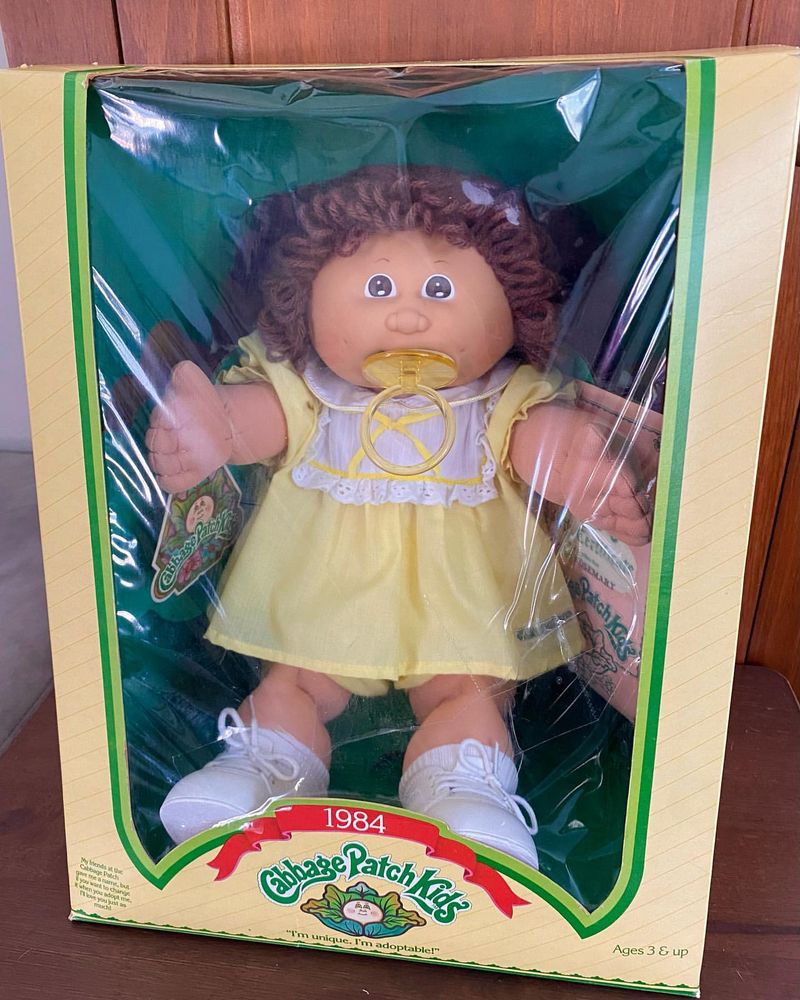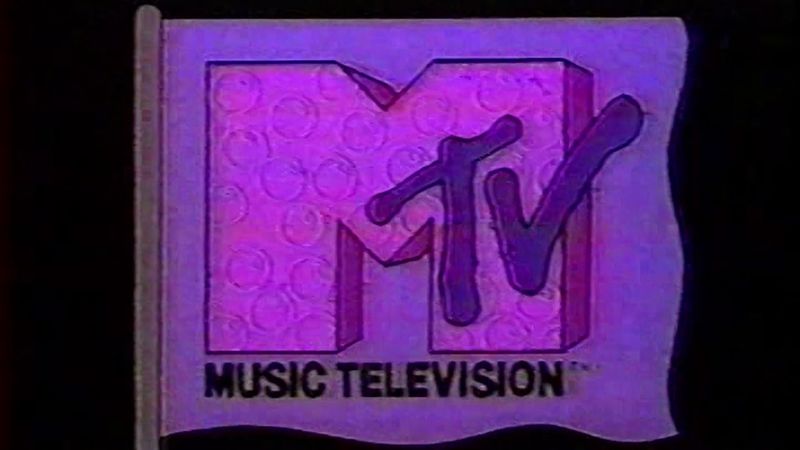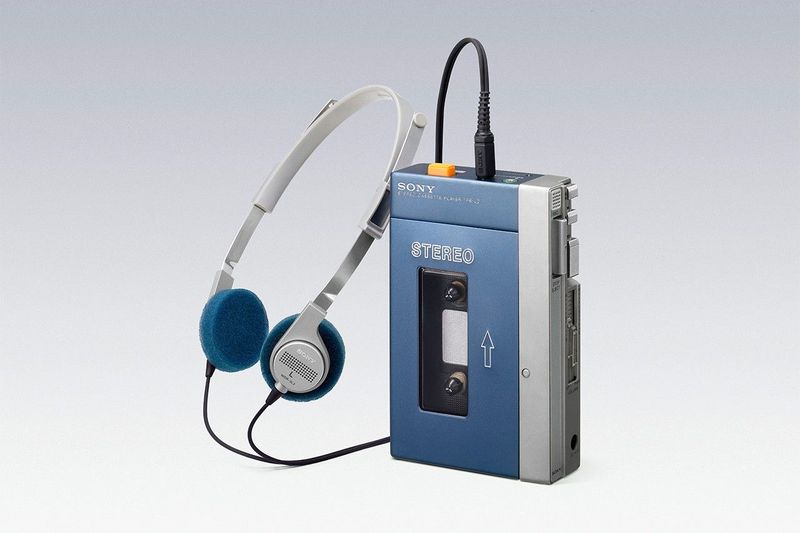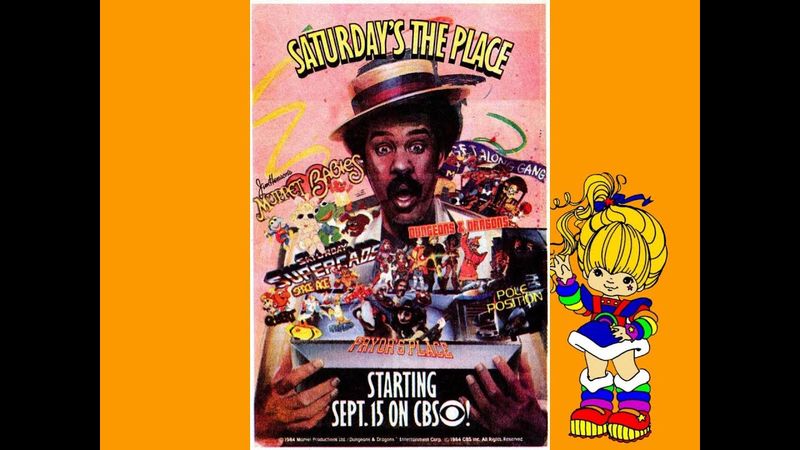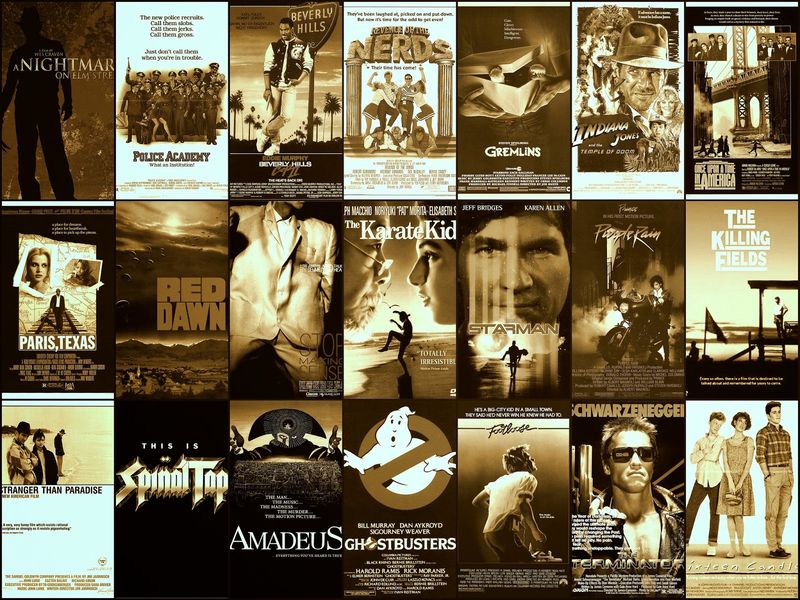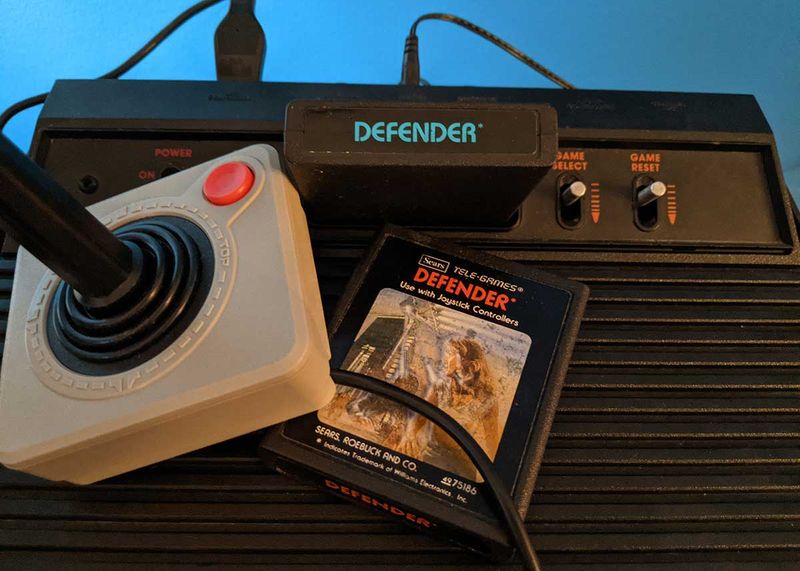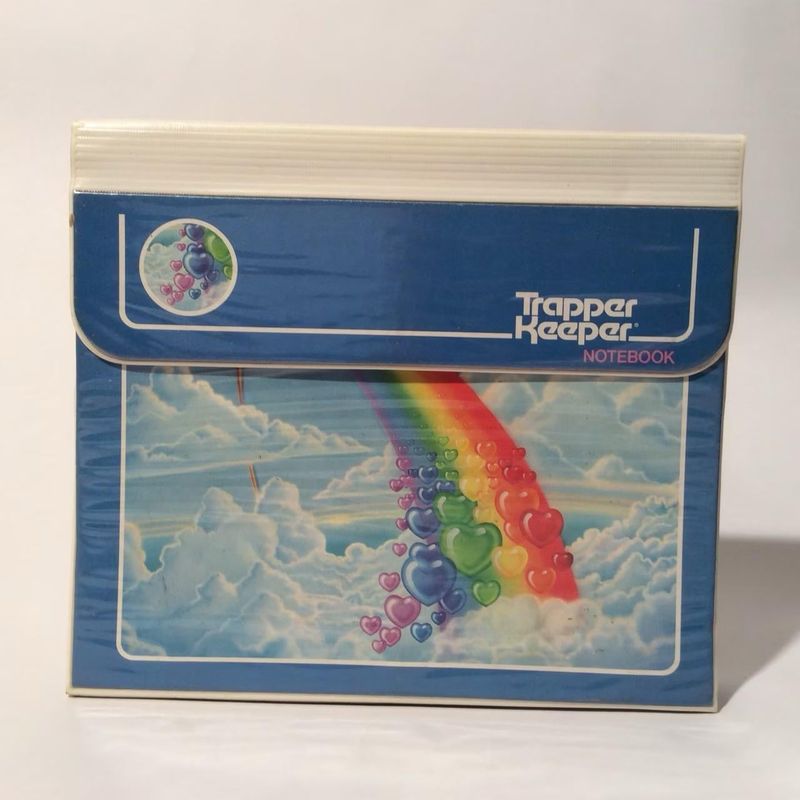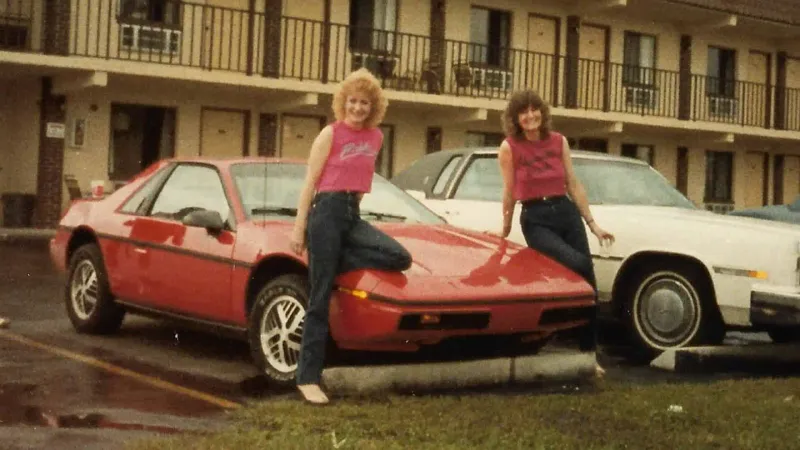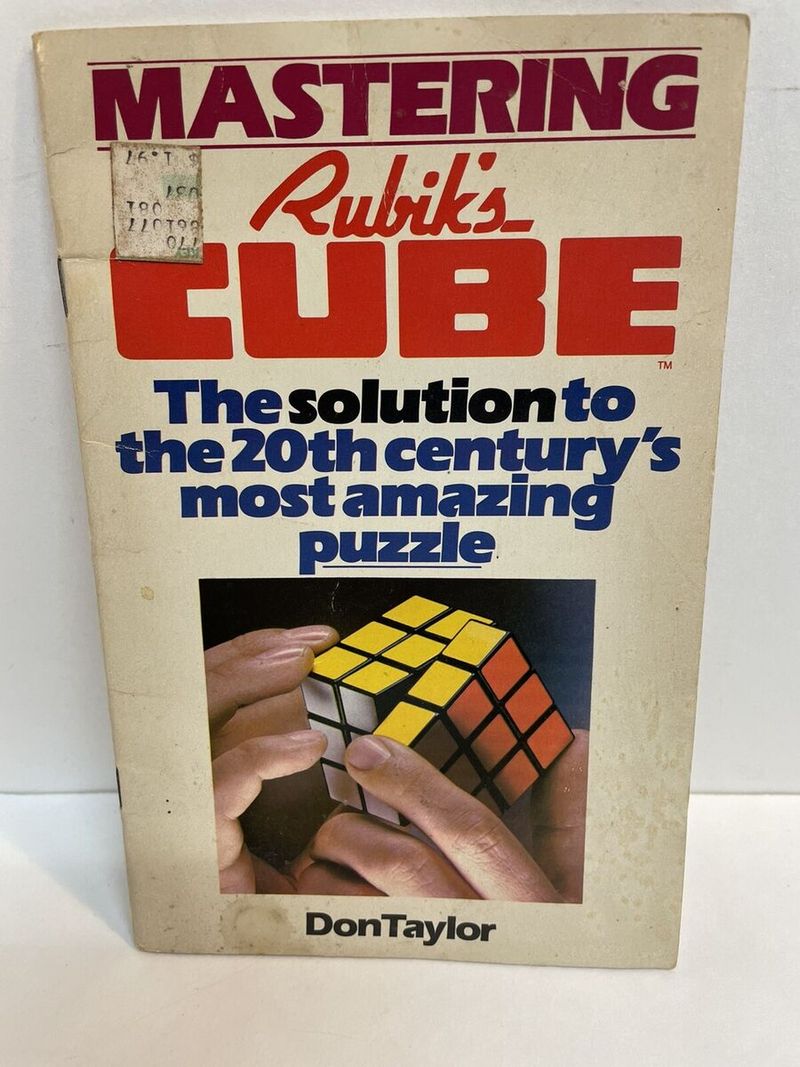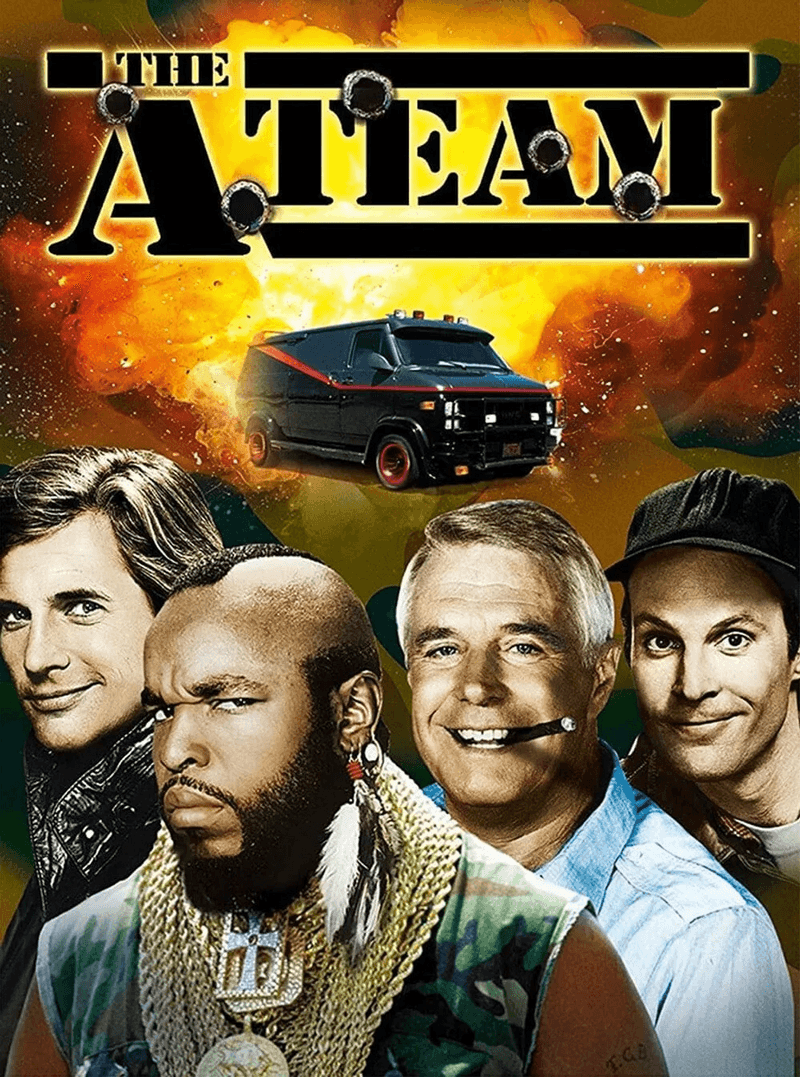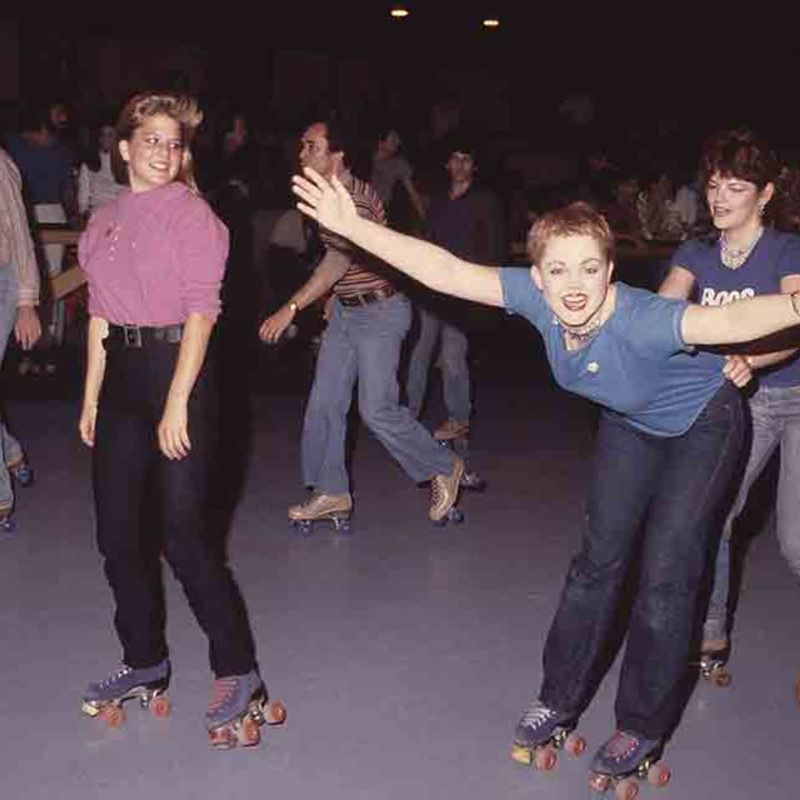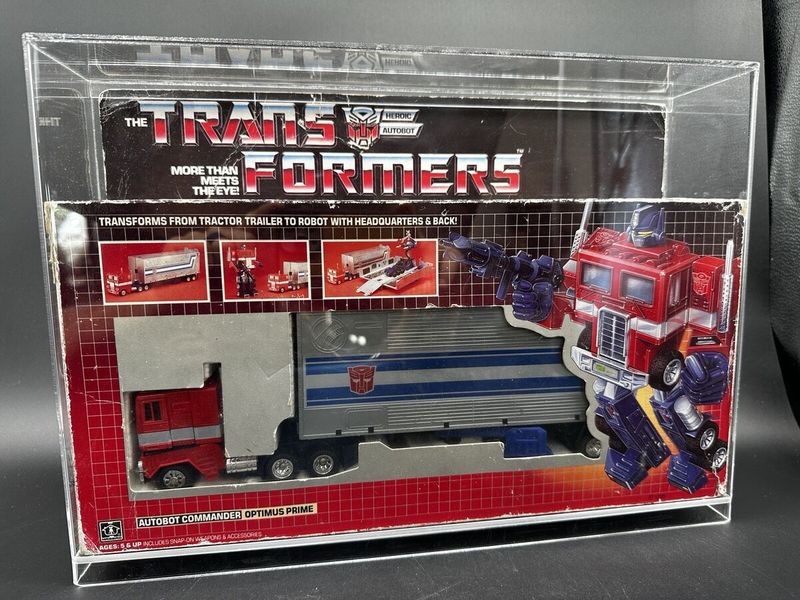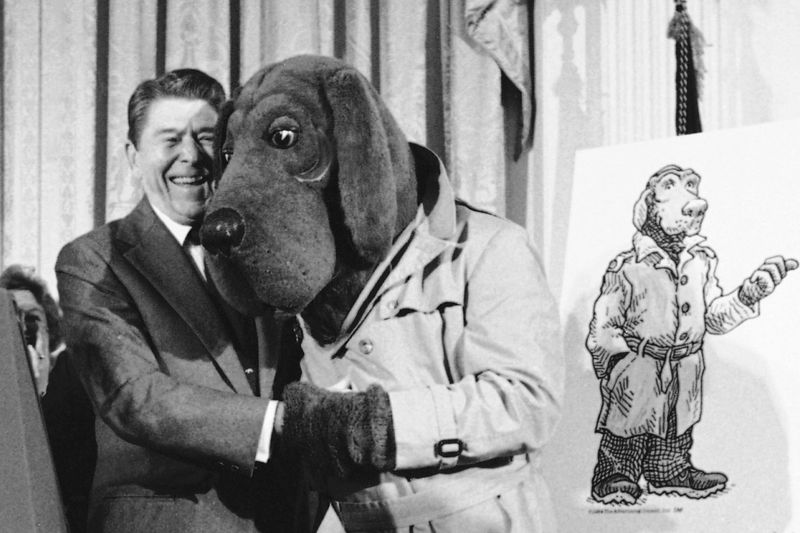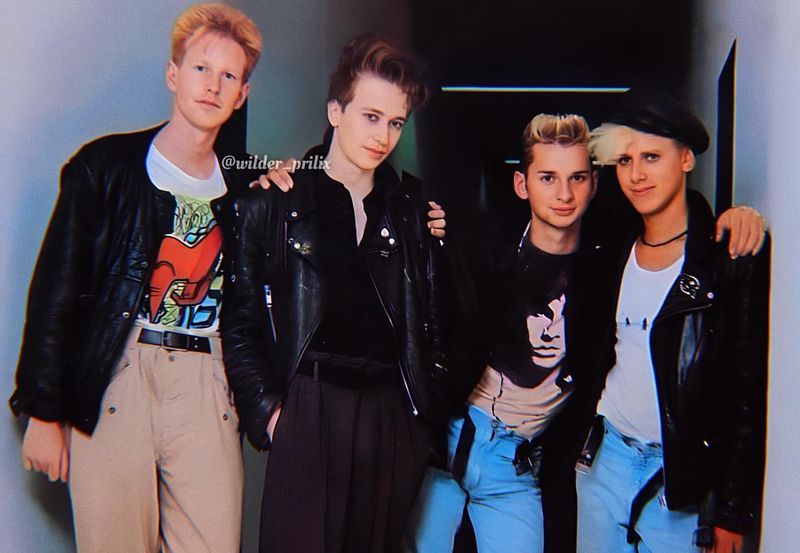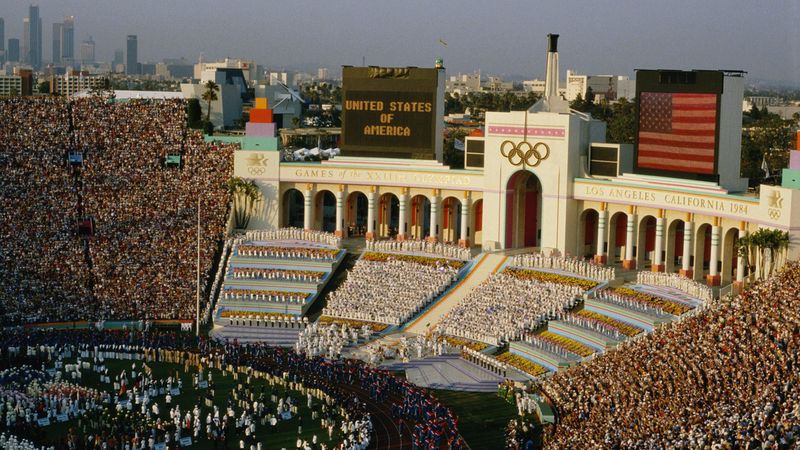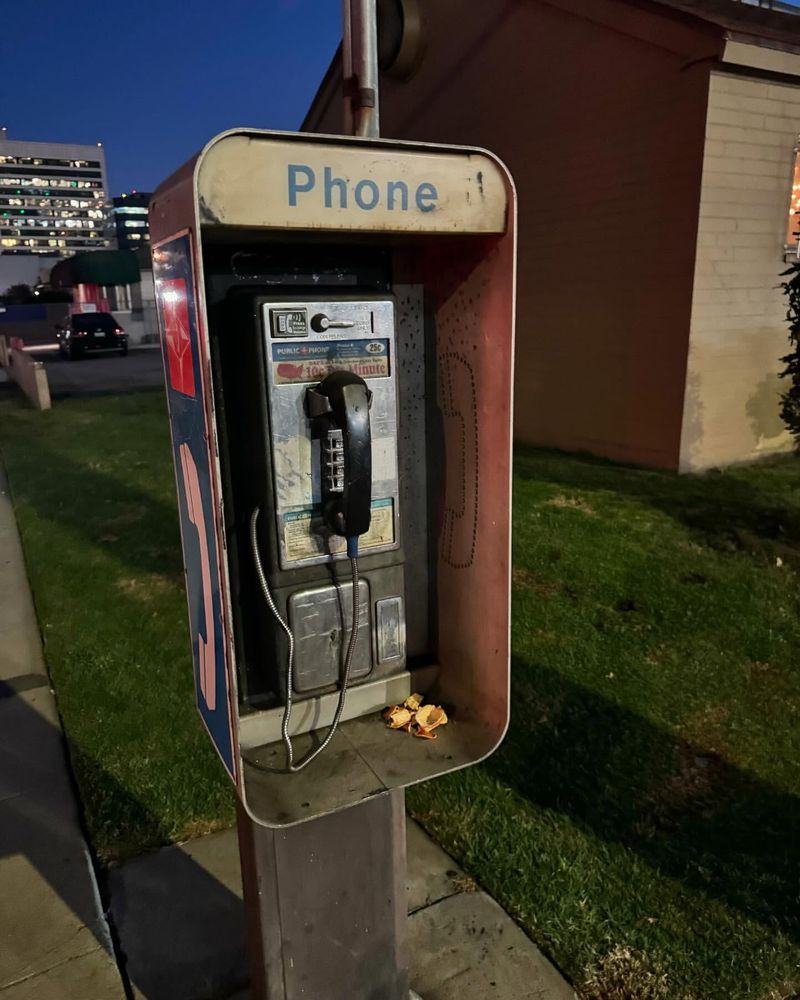The year 1984 was a unique time, full of vibrant culture and unforgettable trends that defined a generation. From iconic music and television shows to groundbreaking technological advancements, this era holds a special place in the hearts of many.
Join us as we explore 25 nostalgic moments from 1984, capturing the essence of a time when big hair, neon colors, and endless possibilities reigned supreme.
Each photo tells a story, invoking cherished memories and offering a glimpse into the past that boomers will fondly remember. Let’s take a trip down memory lane and relive the magic of 1984.
1. Ronald Reagan’s America
Ronald Reagan’s presidency in 1984 was marked by a strong sense of American pride and patriotism. The country was experiencing economic growth, and Reagan’s charismatic leadership style instilled confidence in many citizens.
Under his administration, the Cold War dynamics were shifting, with increasing diplomatic engagements. Reagan’s speeches often evoked a sense of optimism and unity, resonating with millions.
His policies, while controversial to some, were credited with reviving the national spirit. In everyday life, Reagan’s America was characterized by a renewed focus on family values and traditional American ideals.
2. Classic ’80s Mall Culture
Shopping malls in 1984 were the epicenter of teenage life, bustling with energy and youthful spirit. These malls were not just places to shop but also social hubs where friendships were forged and weekend afternoons were spent.
The fashion of the time was vividly displayed, with teenagers sporting bright colors, leg warmers, and acid-wash jeans. Food courts offered a variety of options, from pizza to frozen yogurt, while arcades buzzed with the sounds of pinball machines and video games.
Malls symbolized freedom and independence, a place where young people could express themselves.
3. McDonald’s Styrofoam Packaging
In 1984, a visit to McDonald’s was synonymous with indulging in tasty fast food served in Styrofoam packaging. This packaging was iconic, with its vibrant colors and distinct feel, capturing the essence of the era.
While environmentally unfriendly by today’s standards, these containers were part of the fast-food experience. Kids enjoyed Happy Meals, complete with toys, making family outings to McDonald’s a memorable event.
The menu was simple yet satisfying, offering favorites like Big Macs and fries. Despite its environmental impact, the Styrofoam packaging remains a nostalgic element of 1980s fast-food culture.
4. Cabbage Patch Kids Craze
The Cabbage Patch Kids craze of 1984 took the world by storm, with these unique dolls becoming a must-have item. Each doll had a distinct appearance and came with its own birth certificate, making them feel personalized.
Parents lined up for hours, sometimes even overnight, to secure one for their children. The frenzy was unprecedented, with news stories highlighting the lengths people went to obtain these dolls.
Beyond being mere toys, Cabbage Patch Kids represented a cultural phenomenon of the time, embodying childhood innocence and imaginative play. Their charm still resonates with collectors today.
5. MTV in Its Golden Age
MTV, during its golden age in 1984, revolutionized the way music was consumed and experienced. Music videos became a staple of pop culture, providing a visual element to the music of the time.
Artists like Madonna, Michael Jackson, and Prince dominated the airwaves, and their videos became iconic. MTV’s energetic VJs added to the excitement, introducing new videos and engaging with the audience.
The channel was more than just music; it was a cultural phenomenon that influenced fashion, language, and youth culture. MTV in 1984 was a vibrant blend of music and visual art, shaping an entire generation.
6. Sony Walkman and Cassette Tapes
The Sony Walkman and cassette tapes defined portable music in 1984, offering the freedom to listen to music anywhere. This compact device allowed teenagers to create personal soundtracks with mixtapes, sharing them with friends or enjoying them privately.
The Walkman symbolized independence and personal expression, as users could choose their own music, free from radio playlists. Its design was sleek and modern, reflecting the technology of the time.
Cassette tapes, with their distinct sound and tactile nature, added to the experience, allowing music lovers to engage with their favorite songs in a new and exciting way.
7. Saturday Morning Cartoons
Saturday mornings in 1984 were a cherished time for children, marked by hours of entertaining cartoons. Shows like He-Man, Looney Tunes, and Smurfs captivated young audiences with their colorful characters and imaginative stories.
The ritual of waking up early, pouring a bowl of sugary cereal, and settling in front of the TV was a highlight of the week. These cartoons offered more than just entertainment; they provided valuable lessons in friendship, bravery, and creativity.
Parents often joined in, making it a family affair. The magic of Saturday morning cartoons still holds a fond place in the hearts of many.
8. Blockbuster Movie Nights
Blockbuster movie nights in 1984 were a beloved tradition, bringing families together for an evening of entertainment. Renting VHS tapes from the local video store was an exciting experience, with endless options of new releases and classic films.
Families would gather in the living room, snacks in hand, to enjoy movies like Ghostbusters and Indiana Jones. The sense of anticipation and shared enjoyment created lasting memories.
These nights were more than just watching movies; they were about bonding and shared experiences. The simplicity and charm of these gatherings remain a nostalgic memory for those who lived through them.
9. Atari and Early Video Games
Atari consoles in 1984 were at the forefront of home entertainment, introducing many to the world of video games. These early gaming systems brought the arcade experience into living rooms, with games like Pac-Man and Space Invaders becoming household favorites.
The simple graphics and engaging gameplay captured the imagination of players, offering hours of fun and competition. Playing Atari was often a social activity, with friends gathering to challenge each other’s high scores.
The excitement and novelty of these games laid the foundation for the vibrant gaming culture we know today, sparking a lifelong passion for many.
10. Trapper Keepers and School Supplies
Trapper Keepers were the ultimate school accessory in 1984, known for their vibrant designs and practical functionality. These binders helped students stay organized, with folders and pockets for every subject.
The bold colors and creative patterns made them a popular choice among kids, reflecting individual personalities and tastes. Trapper Keepers were more than just school supplies; they were a fashion statement, a way to express oneself in the classroom.
Paired with other vintage supplies like colorful pencils and erasers, they made schoolwork fun and engaging. The allure of these iconic binders remains, remembered fondly by those who used them.
11. Boom Boxes and Street Culture
Boom boxes were a symbol of street culture in 1984, representing freedom and a shared love of music. These portable stereos were a common sight, blaring the latest hits as people gathered in parks or on street corners.
The music was often accompanied by impromptu dance sessions, with breakdancing and hip-hop emerging as popular styles. Boom boxes were more than just devices; they were cultural icons that brought people together, transcending social barriers.
The vibrant energy and sense of community they fostered are fondly remembered, capturing the spirit of a time when music and culture intertwined seamlessly.
12. The Rise of Aerobics and Spandex
Aerobics classes surged in popularity in 1984, fueled by a growing interest in fitness and health. Participants donned colorful spandex outfits that became iconic fashion statements of the era.
These classes were energetic and fun, combining music and movement to create an invigorating workout experience. Celebrities like Jane Fonda popularized aerobics through videos, making it accessible to a wider audience.
The focus on fitness extended beyond the gym, influencing fashion and lifestyle choices. Aerobics in 1984 was more than just exercise; it was a cultural movement that inspired people to embrace healthier, more active lifestyles.
13. Iconic Cars Like the Pontiac Fiero
The Pontiac Fiero was an iconic car of 1984, known for its sleek design and sporty appeal. This two-seater coupe stood out with its futuristic look and innovative engineering.
The Fiero captured the imagination of car enthusiasts, offering a blend of style and performance that was rare for its price range. Driving a Fiero was an exhilarating experience, embodying the optimism and forward-thinking spirit of the time.
It was a car that symbolized ambition and individuality, appealing to those who sought adventure and excitement on the road. The Fiero’s legacy continues, remembered as a classic of the 1980s.
14. Rubik’s Cube Obsession
The Rubik’s Cube phenomenon in 1984 captivated puzzle enthusiasts and casual solvers alike, becoming a symbol of intellectual challenge and entertainment. This colorful, three-dimensional puzzle offered endless possibilities and variations, sparking a global craze.
Solving the cube required patience, strategy, and a keen understanding of spatial relationships. Competitions were held, and records were set, as individuals sought to master the cube.
The satisfaction of aligning the colors and completing the puzzle was unmatched, providing a sense of accomplishment. The Rubik’s Cube remains a beloved pastime, its legacy enduring as a timeless challenge and cultural icon.
15. TV Hits Like The A-Team and Miami Vice
Television in 1984 was dominated by iconic shows like The A-Team and Miami Vice, captivating audiences with action-packed storylines and charismatic characters. The A-Team’s team of misfit heroes and Miami Vice’s stylish detectives became household names, influencing fashion and pop culture.
Families gathered to watch these shows, enjoying the drama, humor, and adventure. The distinct visual style of Miami Vice, with its pastel colors and innovative music choices, set a new standard for TV aesthetics.
These shows provided more than entertainment; they offered an escape into exciting worlds, leaving a lasting impact on television history.
16. The Birth of Apple’s Macintosh
The launch of Apple’s Macintosh in 1984 revolutionized personal computing, introducing the world to a user-friendly interface and innovative design. Its graphical user interface, complete with icons and a mouse, made computing accessible to a broader audience.
The Macintosh’s debut was marked by an iconic Super Bowl commercial, generating buzz and anticipation. It offered powerful features for its time, appealing to creative professionals and tech enthusiasts alike.
The Macintosh set a new standard for personal computers, paving the way for future innovations. Its legacy endures, remembered as a groundbreaking product that changed the way people interacted with technology.
17. Big Hair and Aqua Net
Big hair was a defining feature of 1984 fashion, with Aqua Net hairspray playing a crucial role in achieving those voluminous styles. Both men and women embraced this trend, creating bold and expressive looks.
Hairstyles ranged from teased and towering to curly and wild, reflecting the era’s love for drama and individuality. Aqua Net provided the necessary hold and volume, becoming a household staple.
This obsession with big hair was more than a fashion statement; it was a reflection of the vibrant and daring spirit of the 80s. The legacy of big hair lives on, celebrated for its audacious style.
18. The Rise of Cable TV
The rise of cable TV in 1984 transformed the way people consumed media, offering a wide array of channels and programming options. Households gained access to diverse content, from movies and sports to specialized networks.
This expansion of choices revolutionized entertainment, allowing viewers to tailor their watching experience to their interests. Cable TV introduced new genres and formats, enriching the cultural landscape.
Families gathered around the television to explore this new world of possibilities, making watching TV a shared activity. The impact of cable TV in 1984 laid the foundation for the vast and varied media landscape we enjoy today.
19. Roller Skating Rinks
Roller skating rinks in 1984 were vibrant hubs of fun and social interaction, attracting people of all ages. The thrill of gliding on wheels to the rhythm of popular music created an electric atmosphere.
Skating rinks were adorned with colorful lights and disco balls, setting the stage for memorable outings. These venues hosted parties, competitions, and themed nights, making them popular destinations for birthdays and celebrations.
Roller skating was more than just a pastime; it was a cultural phenomenon that encouraged community and connection. The nostalgia of those skating rink days continues to evoke fond memories for many.
20. Toys Like Transformers and G.I. Joe
Toys like Transformers and G.I. Joe dominated the toy scene in 1984, capturing the imaginations of children everywhere. These action figures offered endless possibilities for play, with Transformers featuring robots that converted into vehicles and G.I. Joe embodying heroic figures.
The toys inspired creativity and storytelling, allowing kids to create their own adventures. These brands quickly expanded into animated series and comics, further cementing their popularity.
Beyond being mere toys, they represented a cultural movement that celebrated heroism and innovation. The legacy of Transformers and G.I. Joe lives on, cherished by collectors and new generations alike.
21. McGruff the Crime Dog PSA’s
McGruff the Crime Dog became a familiar figure in 1984, starring in public service announcements that taught children about safety and crime prevention. His tagline, “Take a bite out of crime,” became widely recognized, emphasizing the importance of community involvement in safety.
McGruff’s engaging and relatable character made him an effective tool for educating kids about staying safe. Through videos, posters, and school visits, he addressed topics like bullying, stranger danger, and drug awareness.
McGruff’s legacy endures, remembered as a beloved character who made a positive impact on society by fostering a sense of responsibility and awareness.
22. Pepsi vs. Coke Wars
The Pepsi vs. Coke wars in 1984 were a fierce battle for dominance in the soft drink market, captivating consumers worldwide. Both companies launched extensive advertising campaigns, utilizing celebrity endorsements, catchy slogans, and taste tests.
The rivalry was more than just about beverages; it reflected broader cultural trends and preferences. Consumers passionately chose sides, often influenced by innovative marketing strategies.
This competition drove both brands to improve and expand their product lines. The impact of the Pepsi vs. Coke wars extended beyond sales, influencing advertising techniques and brand loyalty. The legacy of these cola wars remains a fascinating chapter in marketing history.
23. New Wave and Synth-Pop Music
New Wave and Synth-Pop music defined the sound of 1984, characterized by its electronic beats and innovative use of synthesizers. Bands like Depeche Mode, Duran Duran, and The Human League dominated the charts, offering a fresh and exciting musical experience.
The genre’s catchy melodies and futuristic sounds resonated with audiences, influencing fashion and culture. Concerts were vibrant events, featuring elaborate stage designs and visual effects.
New Wave and Synth-Pop’s unique style and energy captured the spirit of the 80s, leaving a lasting legacy that continues to inspire musicians and fans around the world.
24. The Olympics in Los Angeles
The 1984 Summer Olympics in Los Angeles were a grand spectacle, showcasing athletic excellence and cultural pride. Despite a Soviet-led boycott, the games were a tremendous success, with athletes from around the world gathering to compete.
The opening ceremony was a dazzling display of pageantry and celebration, setting the tone for the events to follow. Iconic moments, such as Carl Lewis’s gold medal victories, captured the imagination of audiences globally.
The games boosted the local economy and left a lasting legacy, with Los Angeles becoming a model for future Olympic host cities. The spirit of the 1984 Olympics continues to inspire.
25. Public Payphones
Before the era of smartphones, payphones were a lifeline for communication in 1984. Located on almost every street corner, these booths were an essential part of urban life. Dropping a coin into the slot was a common daily ritual.
Payphones offered privacy and convenience, allowing people to stay connected on the go. Despite their decline in the digital age, they remain a nostalgic symbol of simpler times.



